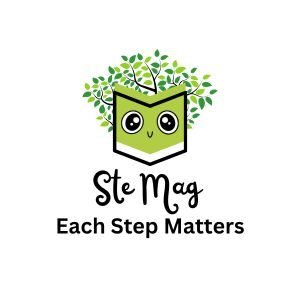Understanding the 이에요 Form in Korean
Learning Korean can be a fascinating and rewarding journey. One essential aspect of mastering the language is understanding the various verb forms and sentence endings. One such form that is fundamental for beginners is “이에요” (ieyo) and “예요” (yeyo). These forms are commonly used to indicate the verb “to be” in Korean and are essential for constructing basic sentences. In this article, we will delve into the details of the 이에요 form, its usage, and provide examples to help you grasp its application in everyday conversations.
What is the 이에요 Form?
In Korean, “이에요” (ieyo) and “예요” (yeyo) are used to express the verb “to be” in a polite and informal manner. They are similar to the English verb “is/am/are.” The form you use depends on whether the preceding noun ends in a consonant or a vowel.
- 이에요 (ieyo): Used when the noun ends in a consonant.
- 예요 (yeyo): Used when the noun ends in a vowel.
How to Use 이에요 and 예요
Understanding when to use “이에요” and “예요” is crucial for forming correct sentences. Here are some examples to illustrate their usage:
- Noun Ending in a Consonant + 이에요
- 책 (book) + 이에요 = 책이에요 (It’s a book.)
- 사람 (person) + 이에요 = 사람이에요 (It’s a person.)
- Noun Ending in a Vowel + 예요
- 집 (house) + 예요 = 집이에요 (It’s a house.)
- 이름 (name) + 예요 = 이름이에요 (It’s a name.)
Examples in Sentences
To better understand how these forms are used, let’s look at some example sentences:
- 이에요 (ieyo) Examples:
- 이거 책이에요. (This is a book.)
- 저 사람은 학생이에요. (That person is a student.)
- 예요 (yeyo) Examples:
- 저 집은 예뻐요. (That house is pretty.)
- 내 이름은 지민이에요. (My name is Jimin.)
Common Mistakes and Tips
While learning Korean, it’s easy to make mistakes, especially with verb forms. Here are some tips to avoid common errors when using “이에요” and “예요”:
- Check the Last Letter of the Noun: Always check if the noun ends in a consonant or a vowel to determine whether to use “이에요” or “예요.”
- Practice with Common Nouns: Start practicing with common nouns and simple sentences to build your confidence.
- Listen and Repeat: Listen to native speakers and repeat after them. This will help you get a feel for the correct usage and pronunciation.
Practice Exercises
To reinforce your understanding, here are some practice exercises. Fill in the blanks with “이에요” or “예요”:
- 저 _________ 선생님. (teacher)
- 이거 _________ 사과. (apple)
- 그는 _________ 학생. (student)
- 저것은 _________ 차. (car)
- 내 친구는 _________ 의사. (doctor)
Answers:
- 선생님이에요
- 사과예요
- 학생이에요
- 차예요
- 의사예요
Conclusion
Mastering the “이에요” and “예요” forms is an essential step in learning Korean. These forms are used daily and are fundamental for constructing sentences. By understanding their usage and practicing regularly, you’ll be able to communicate more effectively and confidently in Korean. Keep practicing, and soon you’ll find that using “이에요” and “예요” becomes second nature. Happy learning!
